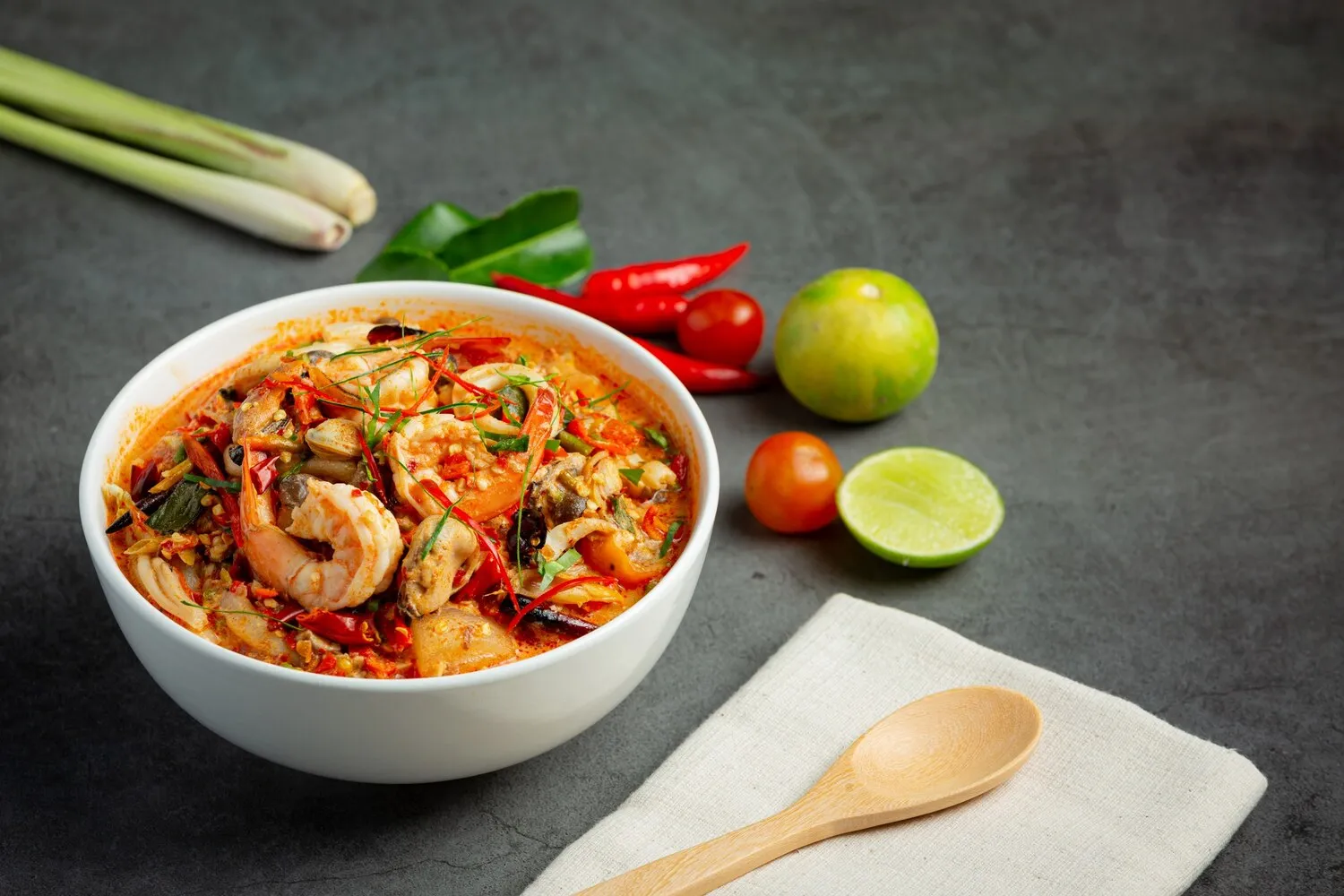
Pho Bo
Vietnamese noodle soup with beef.
Nutrition Facts
* The % Daily Value (DV) tells you how much a nutrient in a serving of food contributes to a daily diet. 2,000 calories a day is used for general nutrition advice.
Pho Bo's origins are traced back to the early 20th century in Northern Vietnam, specifically Hanoi. It's believed to have been influenced by both French and Chinese cuisine. The French colonization introduced beef consumption (previously less common) and the concept of beef stew (pot-au-feu), while Chinese noodle soups likely provided a foundation for the dish's structure.
Pho Bo is more than just a meal; it's a cultural icon representing Vietnamese identity, culinary heritage, and communal dining.
National Dish
Pho Bo is widely considered the national dish of Vietnam, enjoyed throughout the country and around the world.
Everyday Food
It's a common breakfast, lunch, or dinner option, readily available from street vendors to high-end restaurants.
Family Tradition
Making Pho Bo often involves family recipes passed down through generations, with specific techniques and spice blends considered closely guarded secrets.
Community Gathering
Eating Pho Bo is frequently a social activity, enjoyed with friends and family, fostering a sense of community.
Regional Variations
While the basic concept remains the same, regional variations exist, with Northern Pho Bo often featuring a clearer broth and simpler garnish, while Southern Pho Bo tends to be sweeter and more elaborate.
Pho Bo offers a complex yet harmonious flavor profile, characterized by its savory broth, tender beef, fresh herbs, and aromatic spices.
The broth is the soul of Pho Bo, typically simmered for hours (sometimes days) with beef bones, oxtail, and various spices like star anise, cinnamon, cloves, cardamom, coriander seeds, and ginger. These spices create a warm, fragrant base. The beef can range from thinly sliced rare beef (tai) that cooks in the hot broth, to well-done brisket (chin), or even beef meatballs (bo vien). Rice noodles (banh pho) provide a delicate chewiness. Fresh herbs like cilantro, Thai basil, and mint add brightness and freshness. Common additions include bean sprouts, lime wedges, chili slices, and hoisin and sriracha sauces for personalized flavor adjustment.
Broth is Key
The quality of the broth is paramount. Look for a clear, fragrant broth with a rich, savory flavor.
Customize Your Bowl
Don't be afraid to experiment with different herbs, sauces, and additions to create your perfect bowl. Lime juice brightens the flavors, while chili adds heat.
Eat it Fresh
Pho Bo is best enjoyed immediately after it's prepared, while the noodles are still tender and the broth is hot.
Slurp Away!
Don't be shy about slurping the noodles and broth! It's considered perfectly acceptable (and even encouraged) in Vietnamese culture.
Noodle Texture Matters
The noodles should be tender but not mushy. Some prefer thicker noodles, while others prefer thinner.
Explore additional Soup dishes and restaurants
Explore SoupDiscover top dining spots and culinary experiences in Eindhoven.
Explore EindhovenLearn more about the food culture, restaurant scene, and culinary heritage of Netherlands.
Explore Netherlands